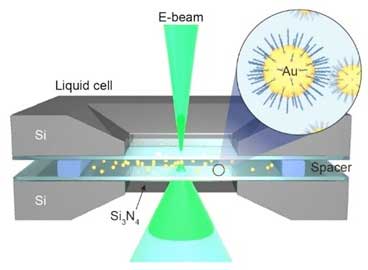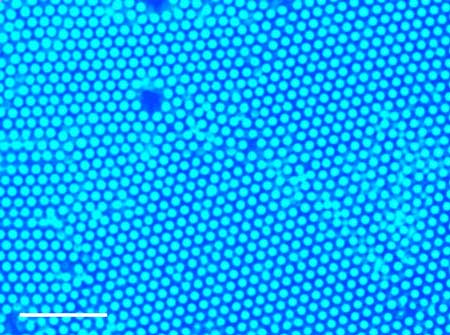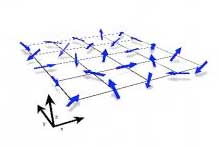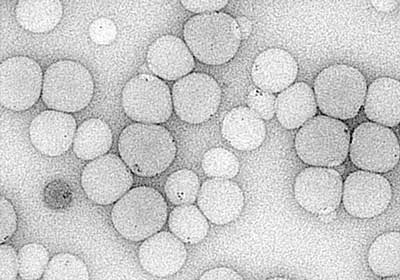
Tuesday, January 22, 2019
Revealing the interplay of attraction and repulsion between nanoparticles as they assemble
Nanocrystal study provides insights on growth, assembly, and aggregation

New method uses ultraviolet light to control fluid flow and organize particles

2D magnetism reaches a new milestone

New applications for encapsulated nanoparticles with promising properties

Graphene and related materials safety: human health and the environment

What atoms do when liquids and gases meet

Subscribe to:
Comments (Atom)
